The hidden treasures of Roman Britain
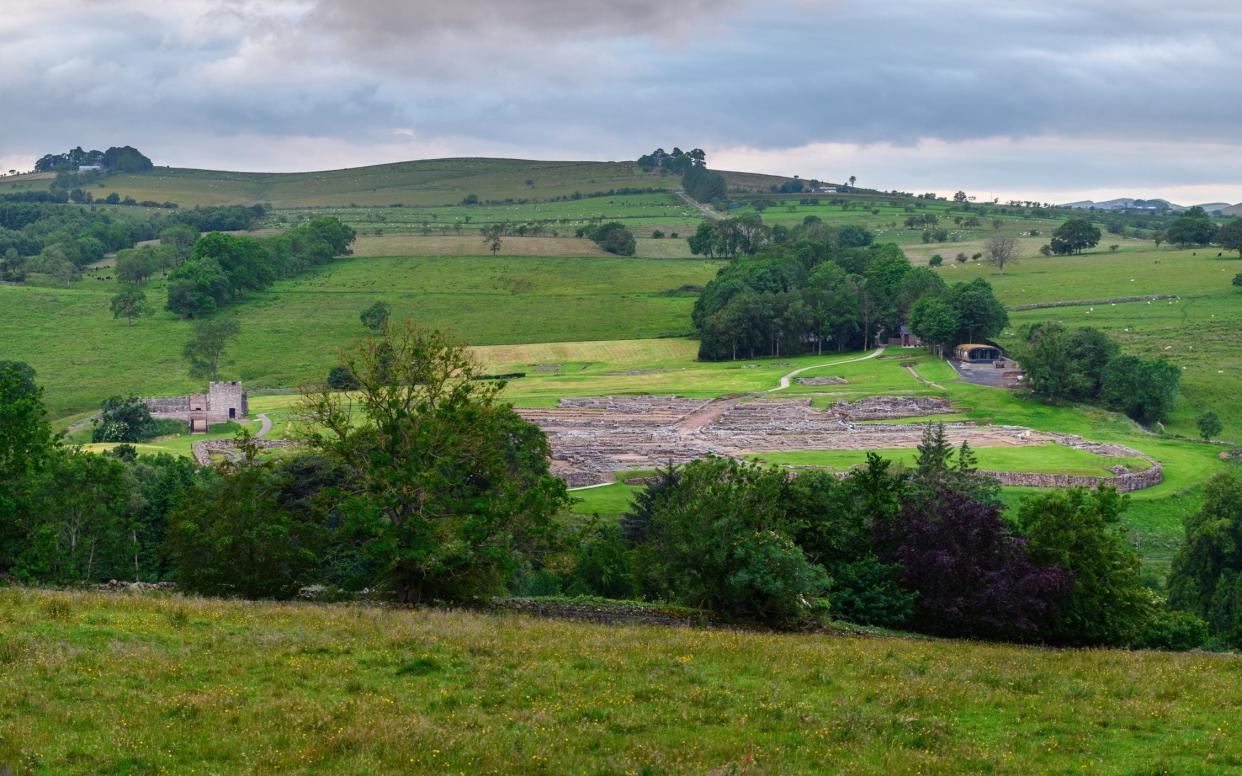
The discovery of the remarkable Roman mosaics in Rutland depicting scenes from Homer’s Iliad are another reminder that Britain, that notorious backwater of the Roman Empire, wasn’t quite as out of touch with the classical world as one might have imagined.
It’s very easy to think of Roman Britain as a purely military outpost on the frontiers. That was partly true but even in Britain, almost as far as it was possible to be from Rome and Italy, classical culture had its place. This is a source of endless fascination to me.
At Vindolanda in Northumberland, a frontier fort that began life around 30 years before Hadrian’s Wall, a short distance to the north, lines from Virgil’s great Roman destiny myth, the Aeneid, have turned up on writing tablets, almost certainly originating in a schoolroom for the children of officers. The copying exercises they worked on, dating to c. AD 90–105, were indistinguishable from countless others in schools in Rome where generations of boys (and a few girls) had classical texts drilled into them.
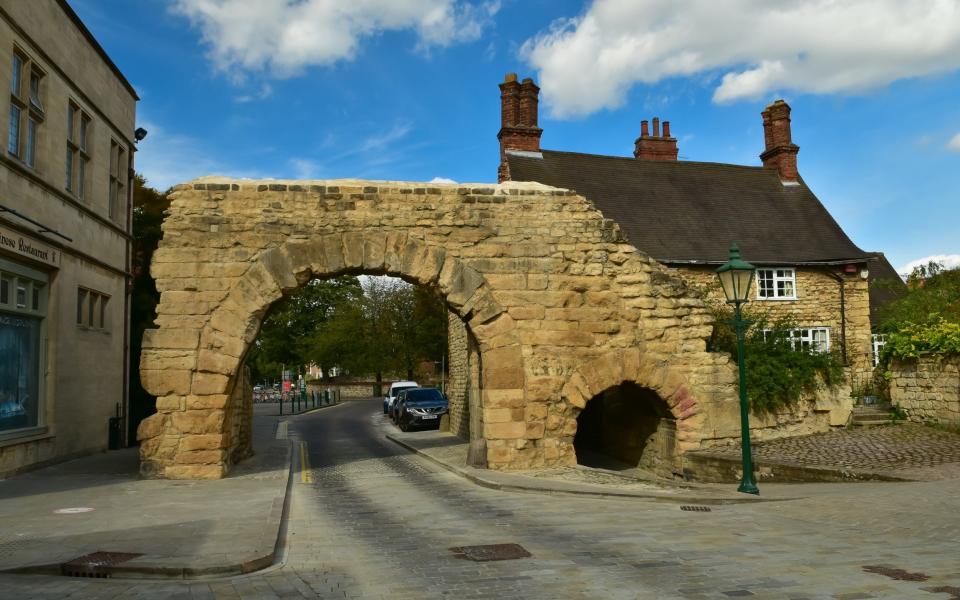
Taunton Museum has a display of mosaic panels from the Low Ham villa. They show scenes from book 4 of the Aeneid, the one in which Aeneas and Dido have their famously disastrous love affair. Like the new Rutland mosaics, they date to an enduring fourth-century market in Christianized Rome for old pagan imagery and mythology, almost certainly ordered up from pattern books hawked around by mosaicists.
When the rebel emperor Carausius (AD 286–93) set up his breakaway regime in Britain he claimed to be restoring Augustus’s Golden Age. To back up his claims he issued silver coins with legends representing lines from Virgil’s messianic Fourth Eclogue, something I discovered 24 years ago, and which had gone unnoticed until then. It was a revelation and showed Carausius was targeting an educated Romano-British elite.
The Lullingstone Roman Villa (English Heritage) near Eynsford in Kent will always be one of my favourites. One of very few villas open to public view now, this modest sized house lasted from the first century AD right through to the end of the Roman occupation. Its crowning glory is the mid-fourth-century mosaic with its literary allusions.
Lullingstone’s owner had a sense of style and aspiration drawn from a much older Roman tradition in Italy of using one’s home as a place to show off learning and taste. The mosaic showed Bellerophon triumphing over the Chimaera, a classic allegory of good triumphing over evil.
Another section showed Europa being carried off by Jupiter in the guise of a bull accompanied by a literary couplet in Latin alluding to the first part of Virgil’s Aeneid.

“If jealous Juno had seen the swimming of the bull, she would have gone as far as the halls of Aeolus with more justice.”
Any knowledgeable visitor would recognize immediately that this referred to the Trojan-hating Juno’s efforts to use Aeolus’s winds to blow Aeneas off course and stop him landing his band of escapees from Troy in Italy. She’d have been better off using Aeolus to deal with her errant husband. Just to ramp up the learned wit, the couplet was composed in the style of the poet Ovid.
Lullingstone’s other glories are its Mediterranean marble portrait busts from the second century, and its late-fourth-century Christian wall-paintings from the earliest house-church in the Roman Empire. They are in the British Museum alongside some of Britannia’s other most sensational finds like the Mildenhall hoard.
When the Mildenhall silver treasure of platters, bowls, and spoons was found in the Second World War by ploughmen, to begin with some experts dismissed it – such pieces, including the 60.5 cm-wide Great Dish with its wonderful head of Oceanus, Nereids and a Bacchic revel were deemed “impossible” for Britain. One theory was that crews of the US 8th Air Force must have brought it back from North Africa after a raid.
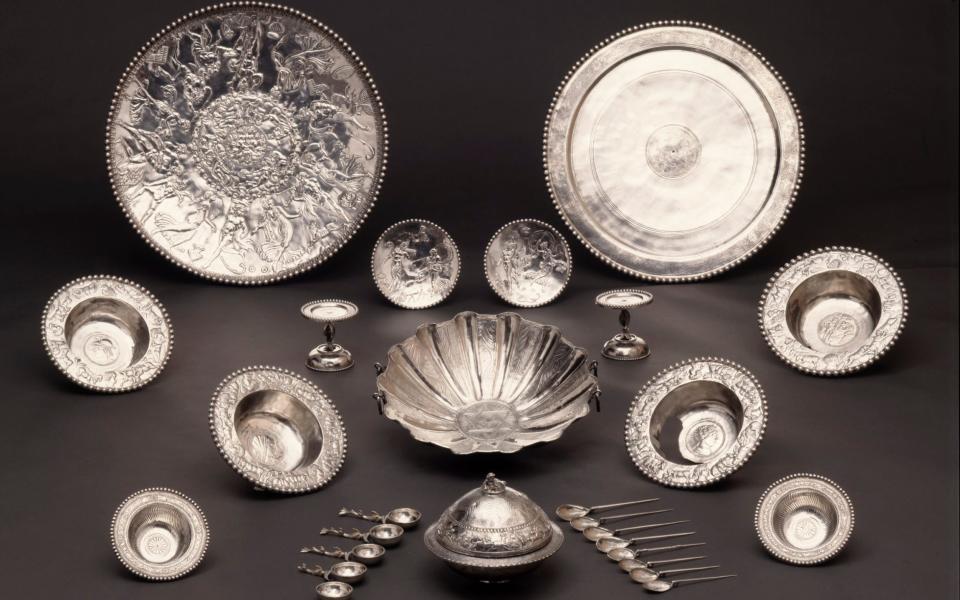
The British Museum’s display of other Roman treasures found since in Britain have shown how wrong that was, but most strikingly such pieces hardly ever turn up on archaeological excavations. They’re far more likely to be found by chance, such as the sensational Hoxne and Thetford treasures which were both discovered with metal detectors and were probably buried as part of the panic measures when Roman rule gradually slid to an end.
The Thetford Treasure included items associated with the worship of Faunus, an ancient Roman rural god last heard of in the closing days of the Republic. There seems to have been a revivalist cult in those strange last days of Roman Britain.
Hadrian’s Wall and forts aside, seeking out the physical remnants of the Roman era in Britain can often be a challenging exercise. In Lincoln you can still drive through the north gate of the Roman city at the top of Bailgate, the only one that still spans a modern road. Nearby is the back wall of the basilica hidden down a narrow alley. At sleepy Caerwent in south Wales is a spectacular set of city walls complete with bastions and a blocked-up gate. Chester is famous for its part-preserved amphitheatre but across the Dee in a public park is a shrine of Minerva in a Roman quarry face.
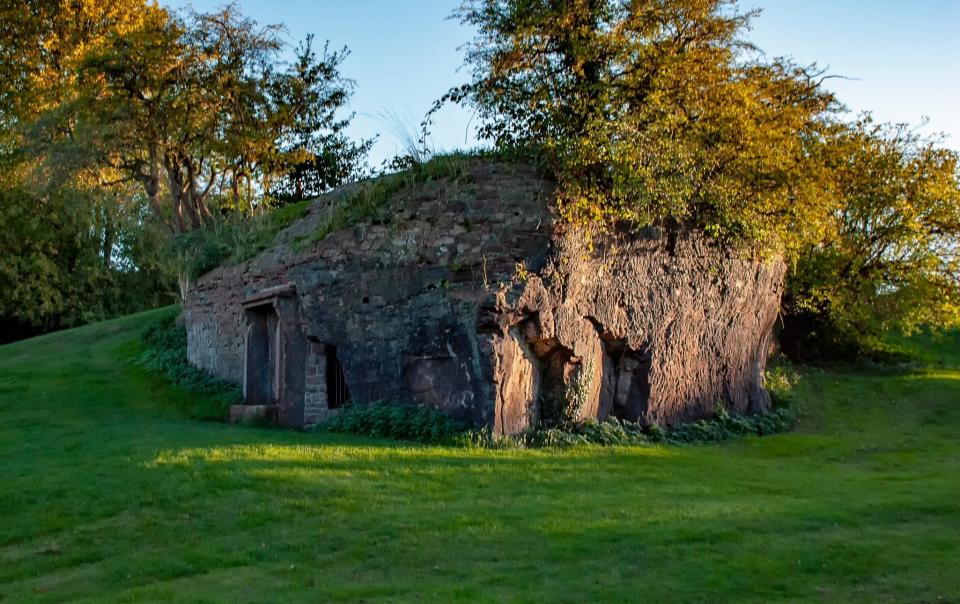
The recent discovery that the Trinity Church statue of Alfred the Great in Southwark was made in the 18th century out of Coade stone and the bottom half of a Roman statue of Minerva shows that the most remarkable discoveries can still be made in places that have been staring everyone in the face for years.
One of my favourite gems of Roman Britain lurks barely noticed in the Museum of London. It’s a tile scrawled with a graffito. It reads Austalis dibus tredecim, vagatur sib cotidim – “Au(gu)stalis has been going off on his own every day for the last thirteen”.
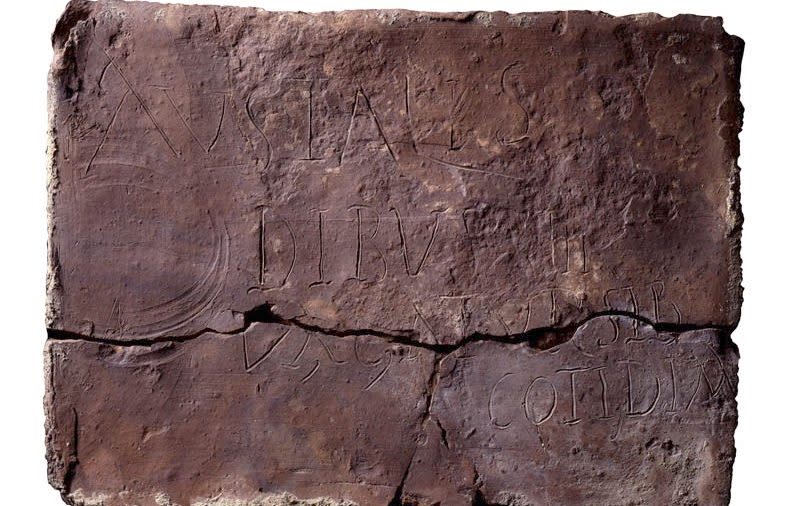
We’ll never know what Augustalis was up to, but the graffito artist, who must have worked in a tile factory along with his errant friend, was not only literate but also able to compose in metre and had the wit to abbreviate Augustalis’s name to make it scan. It wasn’t only the rich and privileged in Roman Britain who had access to such refinements.
Guy de la Bédoyère is a Fellow of the Society of Antiquaries and has written widely on Roman Britain and the Roman world. His most recent book is Gladius: Living, Fighting and Dying in the Roman Army (Little, Brown 2020).


